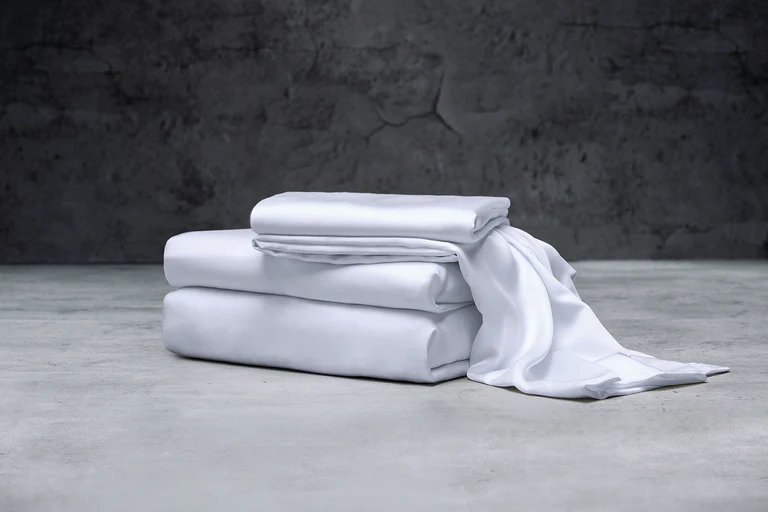Finding a cost-effective home textile cooperative factory requires careful research and evaluation. Here are some steps to help you in the process:
- Define Your Requirements: Clearly define your specific needs and requirements for the home textile products you want to produce. Consider factors such as product type, quality standards, design specifications, cantidad, and budget constraints. Having a clear understanding of your requirements will help you identify the right factory.
- Conduct Online Research: Utilize online platforms, industry directories, and sourcing websites to search for home textile cooperative factories. Look for factories that specialize in the type of products you are interested in and have a reputation for delivering cost-effective solutions.
- Check Factory Profiles and Certifications: Review the factory profiles and websites to gather information about their capabilities, production processes, and certifications. Look for certifications such as ISO, Oeko-Tex, or other relevant quality assurance certifications that ensure adherence to industry standards.
- Assess Production Capacity: Evaluate the production capacity of the factories to ensure they can handle your order volume and meet your delivery requirements. Consider factors such as production lines, machinery, workforce, and lead times. A factory with efficient production processes and adequate capacity can help ensure cost-effectiveness.
- Request Samples and Pricing: Contact the shortlisted factories and request samples of their home textile products. Evaluate the quality, craftsmanship, and materials used in the samples. Request pricing details, including unit costs, minimum order quantities, and any additional fees or charges. Compare the samples and pricing to assess the cost-effectiveness of each factory.
- Conduct Factory Visits or Audits: If possible, visit the factories in person or conduct virtual factory audits to assess their facilities, production processes, and quality control measures. This step can provide firsthand insight into the factory’s capabilities, working conditions, and overall suitability for your requirements.
- Seek References and Reviews: Ask the factories for references from their existing clients or request testimonials from other buyers. Reach out to these references to gather feedback about the factory’s performance, calidad del producto, communication, and overall satisfaction. Additionally, search for reviews or feedback online to get a broader perspective.
- Negotiate Pricing and Terms: Once you have shortlisted a few cost-effective factories, engage in negotiations to discuss pricing, payment terms, and any other specific requirements. Be open to discussing your budget constraints and explore options for cost optimization without compromising on quality.
- Consider Long-Term Collaboration: Building long-term partnerships with cooperative factories can bring additional cost benefits over time. Consider the factory’s willingness to collaborate on product development, customization, and continuous improvement. A cooperative factory that values long-term relationships can offer better cost-effectiveness and provide added value.
- Sign Clear Contracts: Before finalizing any agreement, ensure that you have clear and detailed contracts that outline all terms and conditions, including product specifications, quality standards, pricing, delivery schedules, payment terms, and dispute resolution mechanisms. This helps avoid misunderstandings and protects your interests.
